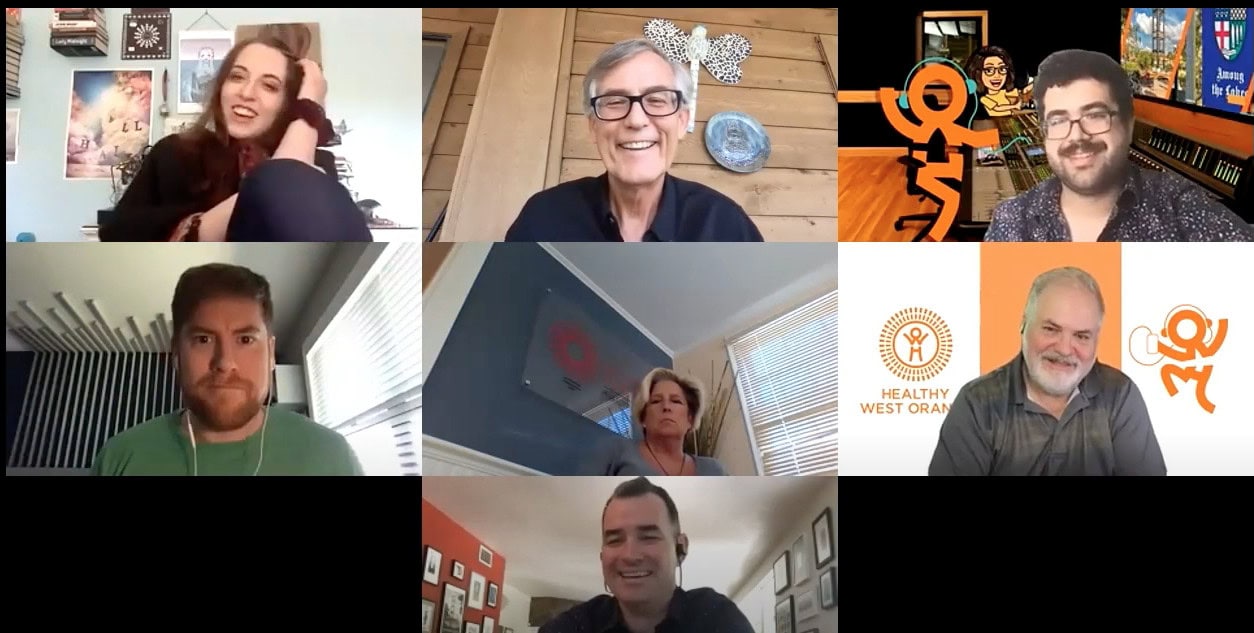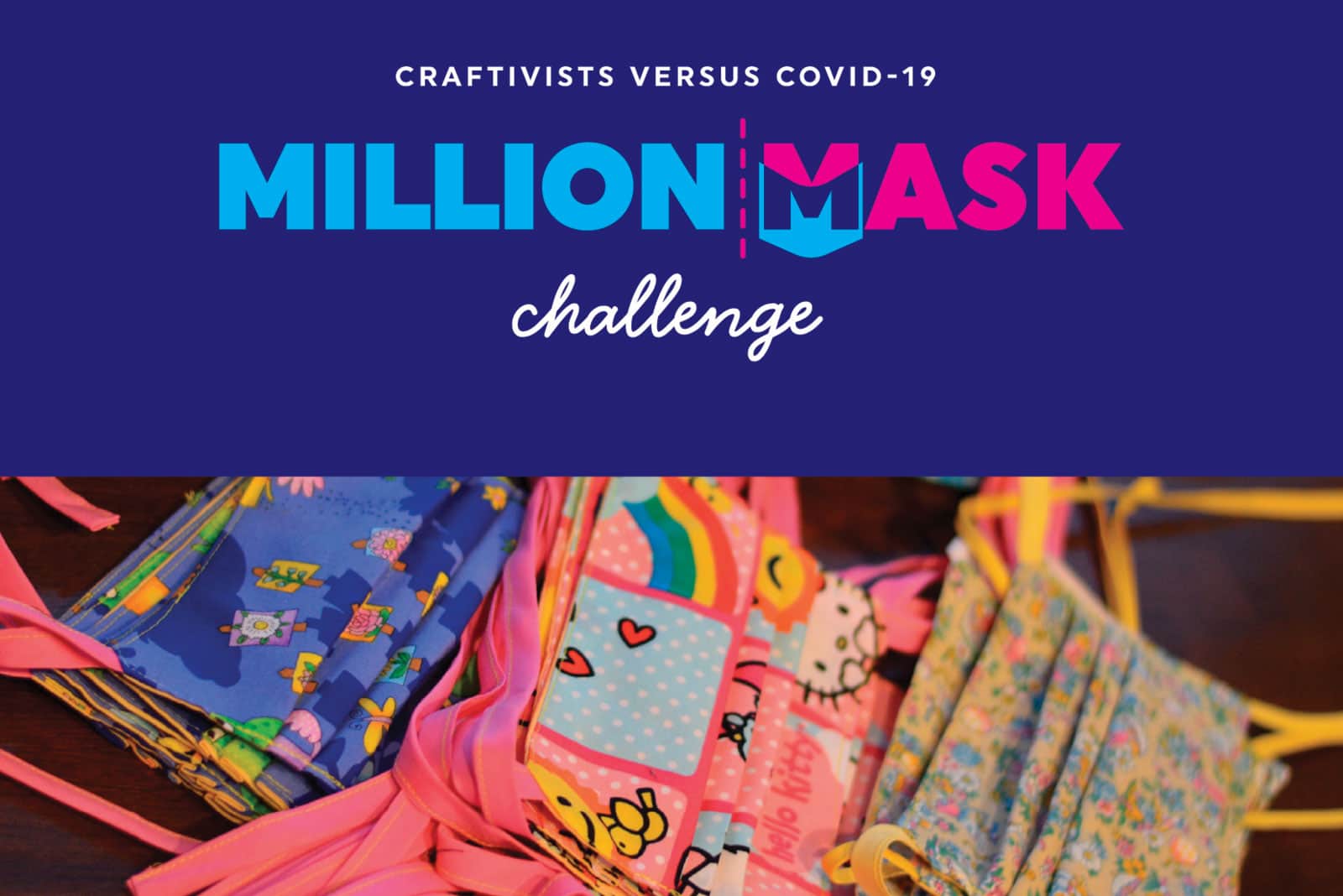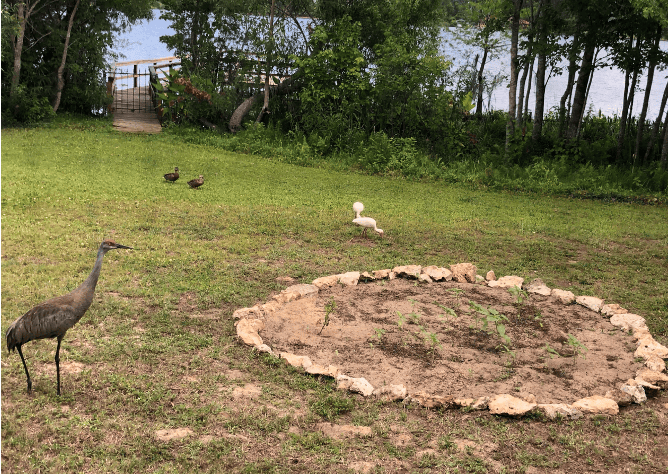What is Culture Mapping?
By Bob Allen
Humans are social animals. In order to be healthy and to get anything done, we have evolved to form and function within groups, to specialize and cooperate. We use a very complex set of communication systems- mostly tacit- to make this work. These systems are repeated and refined over and over again through an evolutionary process and the result is an identifiable pattern of cues that tells us “I belong here” or “that’s not how you do that” or “DANGER!”. This system, plus the language, symbology, ornamentation, art and narratives that support it is what we call “culture”.
Unlike a lot of companies that specialize in one tight area of focus (say computer technology or banking), our work at IDEAS spans a number of very different “vertical” slices. In order to create new and innovative solutions for our clients- the “what if”, we often need to first understand present reality-the “is now”. Importantly, this isn’t just the facts. It’s also those components of culture. Who is trusted? What is considered a good source of information? What’s the “official” position in the boardroom vs. the “boots on the ground” point of view in the field? If an innovative change is being contemplated, what will make it work, what will kill it and who do we need to have on board as a champion to push it through?
We get at this important stuff through a special story harvesting technique that we’ve refined through many iterations. Essentially, we set the stage through some special kinds of open questions and then encourage not “sound bite” answers but full stories. So often when we do this work, we see first a look of incredulity and then warm relief when people realize that we WANT them to tell us long, rambling stories. These stories contain the factual and the subtle emotive narrative cues that allow us to very quickly create not just a solid diagnosis for the innovation under development, but also a clear picture of how the culture functions. Through this process (we call it Culture Mapping), we build a great baseline of ground truth. The next step is to use our proprietary design-thinking system called StoryJam to blow out the potential for the future.


